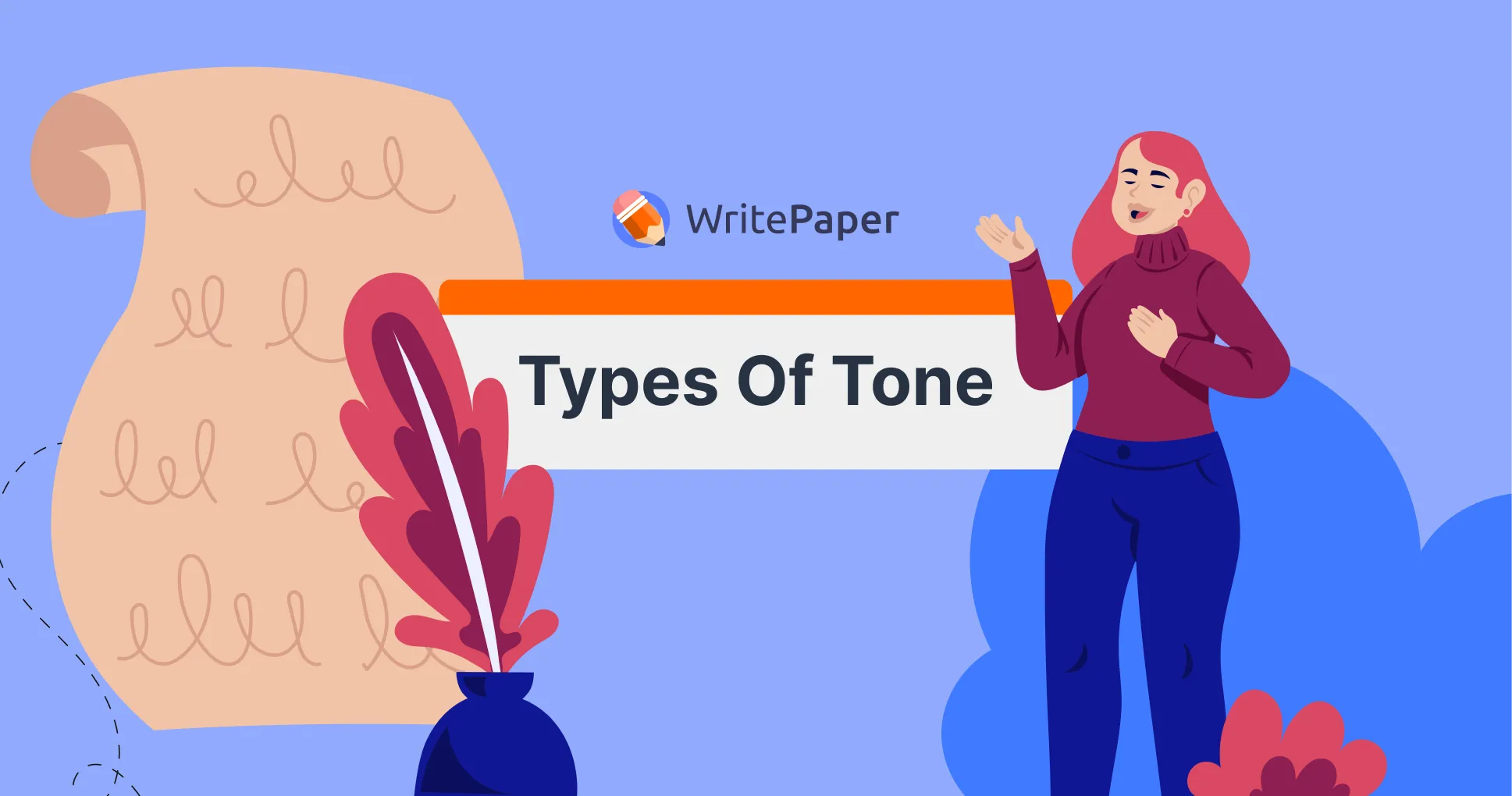An open letter is a powerful tool of public discourse. It gives people and groups of individuals an opportunity to speak up about the issues or events that matter. And it allows them to speak to specific people that are typically out of their reach.
The first open letter in history dates back to 1640. In the setting of the absolutist rule of King Charles I and his reluctance to hear criticism, a group of English nobles found no other way to express their opinions than to make a public statement. Their letter quickly spread across the country and triggered the start of the English Civil War.
Not much has changed since that time. Today, an open letter remains a powerful tool for drawing the public’s attention and raising awareness. And if you need to write one, whether for school or personal reasons, we will tell you how!
What Is an Open Letter?
An open letter is a letter that addresses a specific individual or group of individuals, but is published in the public space for anyone to read. You can find open letters distributed in newspapers, periodicals, and journals, as well as in digital sources, such as social media networks and websites.
Unlike regular letters, open letters have nothing to do with private communications. Although it does intend to reach the recipient, it also intends to share the same message with the broader audience, often to let them know about an important subject.
The functions of an open letter are rather broad. First and foremost, open letters are meant to inform the public about something and raise awareness on a topic. Open letters can also have a more active goal – to encourage the public to take a specific action.
Regardless of its cause, an open letter is a cultural phenomenon that gives individuals a strong voice and lets them engage a wide audience. You can see plenty of interesting open letter examples throughout history. Some of the best-known open letter examples have started wars, revolutions, and led to other major historical events. And we’ll explore them later in this guide. Before that, we’ll walk you through the main concepts and specs of open letters. We’ll discuss the most common objectives, pros and cons, and steps to writing effective open letters with actionable tips from WritePaper experts.
Common Objectives for Writing an Open Letter
Historically, the primary goal behind an open letter is to make a positive change. Such letters are often addressed to officials, governments, celebrities, corporations, and other entities that are normally out of reach to make them hear your opinion, while also drawing the attention of the general public.
Along with the primary goal, there might be the following purposes for creating open letters:
- To demonstrate an opinion (often, it involves criticizing the recipient).
- To raise awareness of the public about a major issue.
- To call for action on the problem.
- To inspire the general public to take a stance on the topic.
- To reach out to or expose a powerful, hard-to-reach person or group of people.
Wrapping up all the possible objectives, open letters usually aim to strengthen the voices of people and groups who often remain unheard and enable them to make a difference in an important area.
Writing an Open Letter: Pros and Cons
You might be looking up how to write an open letter for academic reasons. This kind of writing is commonly taught in many academic establishments for cultural studies, communications classes, and other fields. In this case, you may not need to bother about the pros and cons of gaining such exposure for your opinion. In fact, you can simply drop us a line asking, “Could you write my college essay?” and we’ll connect you with experts who can write a perfect letter just for you.
However, if you are writing an open letter for other purposes, such as to share your opinion and hold someone accountable for their deeds, there is a lot to consider.
How to Write an Open Letter: The Basics
If you’re studying in one of the schools in the USA education ranking, chances are that you’ll need to learn how to write an open letter. Also, you may want to master this form of writing for other reasons, such as expressing your opinion. The good news is that the open letter format is fairly straightforward. However, you need to choose the right audience and format.
How to Identify the Target Audience for Open Letters
You need to know who you are writing for to make a real impact. Here are the questions to ask yourself before writing:
- Who might be interested in the topic or problem you’re writing about?
- Who has the power to solve the issue?
- Who will likely resonate with your message and share your opinion?
After you define your target audience, take time to research the organizations and individuals you will be appealing to.
Correct Open Letter Format
When you have a well-defined target audience, you need to find the most impactful and persuasive format for writing an open letter. Unfortunately, there is no fixed, one-size-fits-all format for this kind of letter. Every specific topic or issue needs an individual approach in terms of how you present it.
Yet, here are the main elements of a good open letter that you want to include:
- Introduction. Begin your letter with a strong intro that instantly captures the readers’ attention. Appeal to the audience’s pain points to resonate with it.
- Statement of purpose. After you capture the attention, you need to communicate the purpose of writing. Explain the issue in question and why you are raising awareness about it now.
- Supporting evidence. You need to appeal to facts, study findings, statistics, and expert opinions to demonstrate the importance of your topic and convince the audience. While you can appeal to the readers’ emotions, your claims should always be backed up by valid evidence.
- Call to action. In order to accomplish your goals, you need to tell the audience exactly what you want them to do. It can be any target action that aligns with the letter’s purpose, for example, a donation, a petition signature, etc.
Writing an Open Letter Step by Step
Now that you have a general idea of open letters and their specs, here’s how you can write one step by step:
Define the Problem and Present It
A good letter should have a clear problem that it attempts to solve. So, before you start writing, delve into your motivations. Ask yourself the following questions:
- What is the purpose of an open letter that you want to write?
- What is the primary issue related to your topic?
- Who and how is affected by the problem?
- Why is the problem you’re describing important to the general public?
Based on your answers, outline the general roadmap for your letter. You need to get very specific on your core goal, audience, and main claims. To do it right, take some time to research the matter thoroughly and collect your primary evidence early on – they will give you the information you can elaborate on to explain the importance and effects of the problem you want to raise.
Explain Your Connection to the Issue and Motivation
When you have an intro that explains the problem and its importance, state how this matter is connected to you. Give your audience some background on how the issue has affected you and how it can affect them. This passage that explains your motivation should help you establish a stronger connection with your audience.
If you’re wondering how to write an open letter that really resonates, focus on storytelling and emotions. Writing about personal experiences and feelings helps build trust. Think about what personal stories will make people care about what you’re saying. But don’t forget to use valid facts and evidence to support your claims and make them look more legitimate. And be sure to avoid any personal attacks to remain professional.
Offer a Solution That You Find Effective
After you present the problem and share your story in an open letter, you need to offer a viable solution. Depending on your initial purpose, you can generally raise awareness and suggest possible actions that can help solve the issue. Or you can make a specific call to action if you see that readers can help you solve it. In this case, the AI humanizer tool can also help refine your message so it feels more authentic and emotionally engaging.
In this part of your letter, you need to use an encouraging voice to trigger action. Some phrases that you can use include:
- I encourage you to…
- I ask you to…
- I urge you to…
- Let’s make a positive change together…
Don’t just tell the audience what to do. Instead, try to encourage them to serve a good cause and make a difference.
Famous Open Letter Examples From History
A good way to write an open letter that accomplishes its goals is to learn from successful examples. Below, we’ve gathered some famous examples of such letters seen in history:
Open letter to Elisabeth DeLuca
Currently, the owner of Subway, Elisabeth DeLuca, is known for her entrepreneurship and success in the coffee industry. She was featured in many reputable media outlets as a successful business owner. However, in 2022, she received an open letter from a large group of workers from one of her companies, DeLuca's Coffee Roasters.
Over 100 workers created a shared message that accused DeLuca of toxic behavior. The letter spoke about regular abuse, screaming, and an overall negative climate in the company. The goal was to break the silence on the problem and encourage DeLuca to change her attitude. As a result, she resigned as CEO.
Open letter to President Biden
Another famous example is a letter to President Biden created by a group of over 1,000 researchers and climate experts. The letter was published in 2023 to raise awareness of climate change and encourage the president to take action to solve the problem.
Open letter exchange between Einstein and Freud
Probably one of the most interesting examples of an open letter in history is a correspondence between Einstein and Freud. It began with the “Why War?” letter from Albert Einstein to Sigmund Freud published in 1932. It wasn’t a usual letter that raises awareness, but rather an invitation into a dialogue about the psychology of war. Freud also replied to Einstein in an open format the same year.
The Bottom Line
As you now know, an open letter can be a powerful tool for raising awareness on the problem and driving positive change. We can see many examples of such correspondence in history that made a real difference. And now, you have everything you need to learn how to write such letters yourself.
Of course, crafting impactful open letters isn’t as easy as it may seem. This kind of writing requires a lot of time and effort, which can be an issue if you are writing it for school rather than for personal reasons. Luckily, in this case, you can rely on professional help from our write my paper service and handle the task easily.







.webp)